Crafting a Winning CV: Tips for Transitioning Graduates
Introduction:
Welcome to the Graduate Turns Professional Academy (GTPA), where we empower young individuals like you to seamlessly transition from academia to the professional world. One crucial step in this journey is crafting a compelling Curriculum Vitae (CV) that highlights your strengths, experiences, and skills to potential employers. In this guide, we’ll provide you with essential tips to help you create a standout CV that sets you apart in the job market.
1. Tailor your CV for each application:
– Customize your CV to align with the specific job requirements and company culture of each position you apply for.
– Highlight relevant skills, experiences, and achievements that directly relate to the job description.
– Use keywords from the job posting to optimize your CV for Applicant Tracking Systems (ATS) used by many employers.
2. Keep it concise and focused:
– Aim for a one to two-page CV, focusing on the most relevant information.
– Use clear and concise language, avoiding unnecessary jargon or overly complex sentences.
– Prioritize sections such as education, work experience, skills, and achievements.
3. Showcase your achievements:
– Quantify your accomplishments whenever possible using metrics, percentages, or numbers.
– Highlight any awards, honors, or recognitions you’ve received during your academic or professional journey.
– Use action verbs (e.g., “achieved,” “implemented,” “led”) to describe your accomplishments effectively.
4. Highlight transferable skills:
– Emphasize skills that are transferable across different roles and industries, such as communication, leadership, problem-solving, and teamwork.
– Provide examples of how you’ve demonstrated these skills in various contexts, including academic projects, internships, or extracurricular activities.
5. Prioritise relevant experiences:
– List your work experience in reverse chronological order, starting with the most recent role.
– Include internships, part-time jobs, volunteer work, or research projects that are relevant to the position you’re applying for.
– Briefly describe your responsibilities, achievements, and contributions in each role.
6. Pay attention to formatting and design:
– Choose a clean and professional layout that is easy to read and navigate.
– Use consistent formatting for headings, bullet points, and fonts throughout your CV.
– Proofread carefully for typos, grammatical errors, and formatting inconsistencies.
7. Include relevant additional sections:
– Consider adding sections such as certifications, professional development, languages, or interests/hobbies if they enhance your candidacy.
– Be strategic in deciding which additional sections to include based on their relevance to the company.





